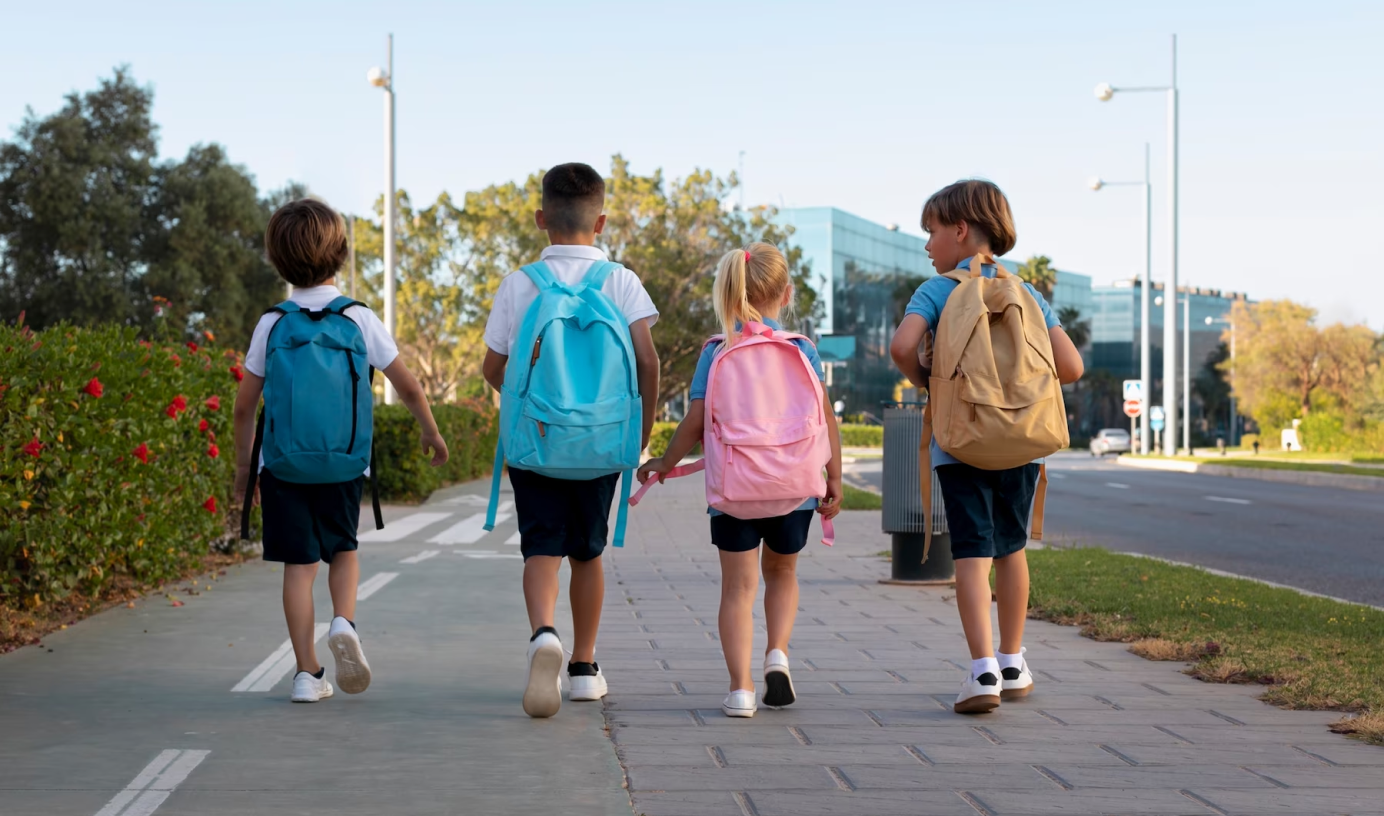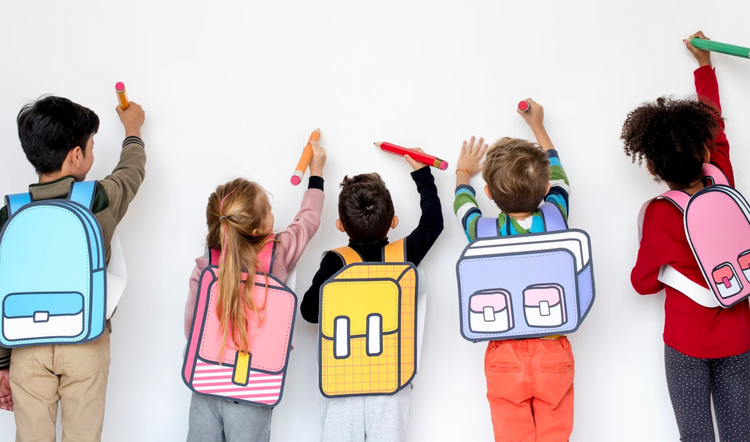The beginning of a new school year is an exciting time for both teachers and students. For English as a Second Language (ESL) teachers, it's an opportunity to create a positive and engaging learning environment that sets the tone for the rest of the year. Incorporating interactive and creative activities can help ESL students improve their language skills while also building a sense of community within the classroom. AllRight.com has prepared some back-to-school ESL activities that can help kickstart the year on the right note.

1. Name Bingo: Breaking the Ice with a Twist
The traditional game of Bingo gets a linguistic twist with Name Bingo. Create Bingo cards filled with names of students in the class. Instead of calling out numbers, call out descriptions like "someone who speaks three languages" or "someone who has visited more than two countries." This activity not only helps students get to know each other but also encourages them to communicate using descriptive language.
2. All About Me Collages
Give students the opportunity to express themselves through art and language. Have them create collages that showcase their interests, hobbies, and experiences. Encourage them to write short captions or descriptions for each element in their collage. This activity not only allows students to practice writing but also gives them a chance to share personal stories with their classmates.
3. Classroom Scavenger Hunt
Help ESL students familiarize themselves with the classroom environment while practicing their language skills. Create a list of items around the classroom, along with simple descriptions in English. Divide students into pairs or small groups and provide them with the list. They must find and match each item to its description, all while communicating in English.
4. Two Truths and a Lie
This classic icebreaker game is perfect for ESL students to practice speaking and listening skills. Have each student come up with two true statements and one false statement about themselves. They take turns sharing their statements while the rest of the class listens and guesses which statement is the lie. This activity encourages active participation and promotes language interaction among students.
5. Mini Interviews
Pair up students and have them interview each other. Provide a list of questions that encourage students to share personal information, such as "What is your favorite food?" or "What do you like to do on weekends?" After the interviews, each student introduces their partner to the class, summarizing the key points they learned during the interview. This activity boosts speaking and listening skills while fostering connections between students.
6. Story Starters
Spark creativity and language use by providing students with story starters. These could be a sentence or a short paragraph that sets the scene for a story. Students take turns continuing the story, each adding a few sentences to build upon the narrative. This collaborative activity enhances vocabulary, sentence structure, and imagination.
7. Map Your Summer Vacation
Encourage students to share their summer experiences by creating a map of their vacation. Students can draw or print a map and mark the places they visited. They should also write short descriptions of their favorite activities or memories at each location. This activity has been already used by our teachers, and they know that it helps students practice both writing and speaking skills as they present their maps to the class.
8. Alphabet Adjectives
This word-based activity challenges students to come up with adjectives that describe themselves in alphabetical order. For example, a student might say, "I am adventurous, brave, and creative." Each student adds a new adjective to the list, going through the entire alphabet. This activity expands vocabulary and encourages students to think creatively about describing themselves.
9. Guess Who?
Based on the classic board game, Guess Who? can be adapted for the ESL classroom. Create cards with descriptions of different people and distribute them to students. They take turns asking yes-or-no questions to guess the person on their card. This activity promotes question formation, critical thinking, and listening skills.
10. Create a Class Playlist
Tap into students' love for music while enhancing their language skills. Have students suggest songs that they enjoy and find meaningful. After compiling a list, discuss the themes, lyrics, and emotions of each song. This activity encourages students to express their opinions, analyze language nuances, and engage in discussions.
In conclusion, the first days of the school year are crucial for setting a positive and interactive tone in the ESL classroom. Incorporating these back-to-school activities not only helps students practice their language skills but also creates a sense of belonging and camaraderie among them. By engaging in collaborative, creative, and interactive activities, ESL students can confidently kickstart their language-learning journey for the year ahead.
Want to start your teaching career at All Right? Register, go through our self-study training and become a successful teacher now!









